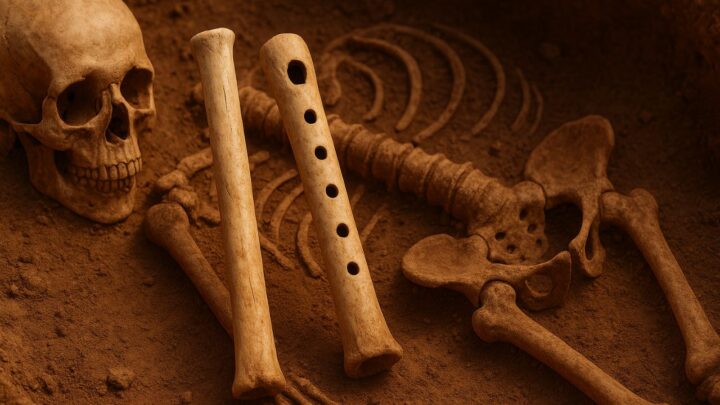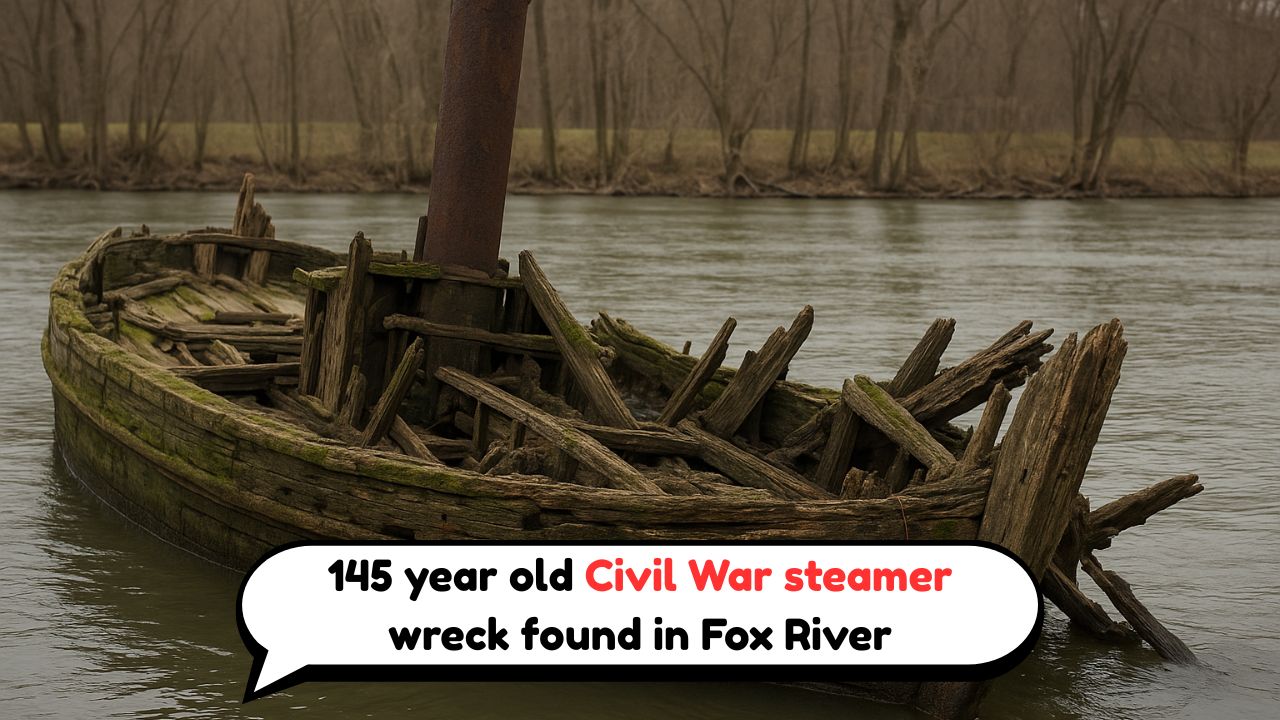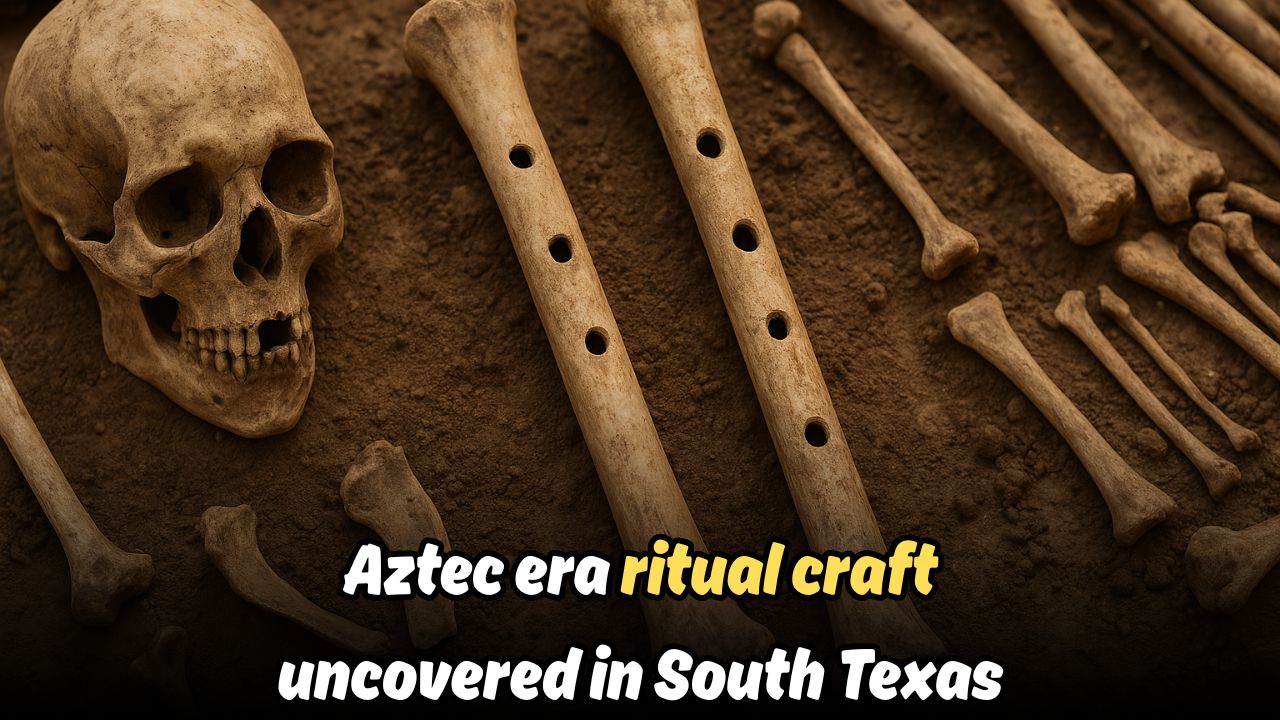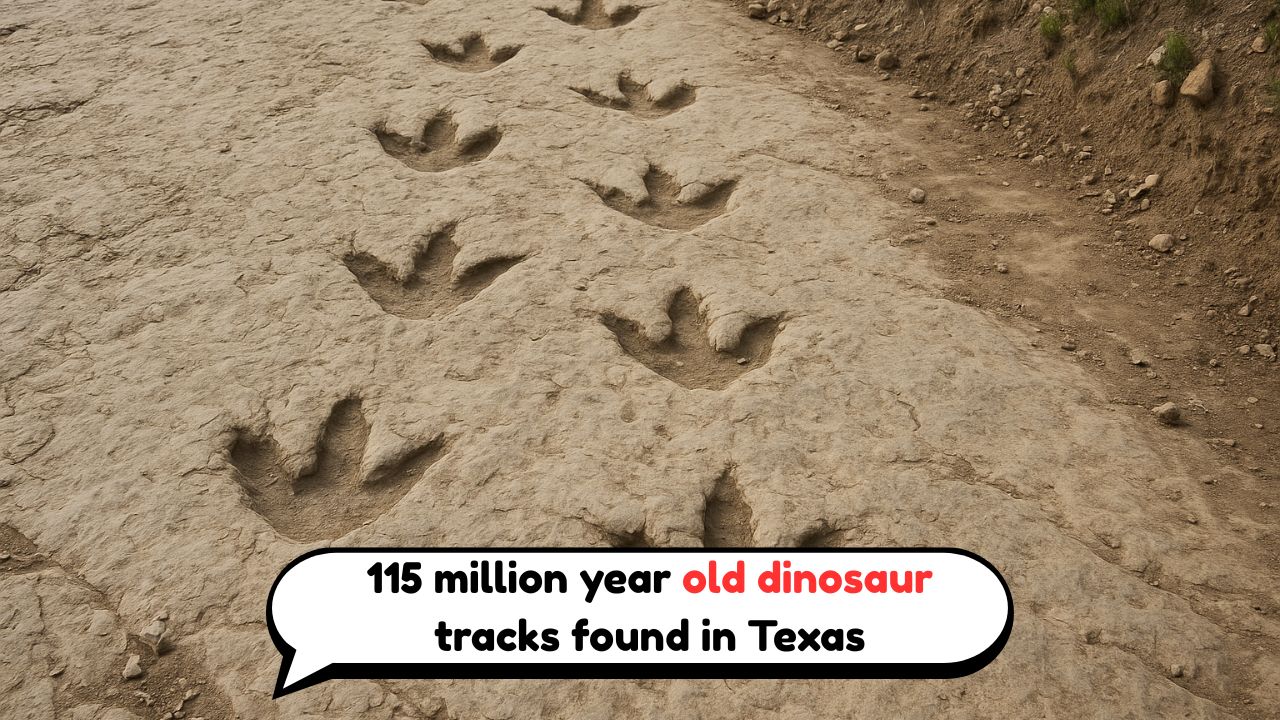800-Year-Old Human Bones – Archaeologists in South Texas report that a wind-scoured arroyo has revealed a startling cache: human bones carefully reshaped into playable instruments, tucked beside red pigments, resin nodules, and scraps of woven fiber. Preliminary tests suggest the assemblage dates to roughly eight centuries ago, aligning with the late Postclassic period in Mesoamerica, when ritual soundscapes often accompanied processions, offerings, and seasonal rites. The deposit was found in a shallow alcove overlooking a dry creek, with a crescent of scorched earth and a scatter of charcoal indicating repeated fires rather than a single cremation. Local ranchers first noticed the exposure after heavy winds peeled back dunes along the bank; researchers were then called to stabilize and document the scene. While human remains are typically reburied swiftly, specialists say the obvious modification—and the presence of mouthpieces, finger holes, and polish from handling—warrants a controlled study in consultation with descendant communities. If confirmed, the find would expand the northern edge of known ceremonial music traditions and illuminate a little-understood cultural corridor linking present-day Texas with the broader ritual networks of northern Mexico.

What Was Found and Why It Matters
The toolkit appears remarkably intentional. Researchers documented ulnae and femoral shafts drilled and beveled into flutes, patellae dulled into clappers, and a series of radiused ribs notched for rasping, each coated with a thin film of plant resin that may have stabilized cracking. Several pieces carry incised chevrons, step-frets, and spiral motifs, with residues of hematite and carbon black lodged in the grooves, suggesting visual staging under firelight. Wear patterns cluster around finger depressions and mouth ends, implying repeated play rather than a symbolic deposit. Charcoal flecks from the hearth arc will undergo AMS radiocarbon testing, while collagen from the instruments is slated for zooMS fingerprinting to confirm human origin and possible kin relations among the bones. If the dating holds—circa 700 to 850 years before present—the cache would represent one of the northernmost, securely contextualized examples of bone-instrument ritual practice in the borderlands. Beyond spectacle, the set could help decode how sound signaled time, authority, and protection during droughts or migrations, turning the landscape itself into a resonant participant in ceremony.
Possible Links to Aztec-Era Rituals
Scholars are cautious about labels, yet several clues anchor the instruments within an Aztec-era horizon of ideas and exchange. The step-fret and serpent-coil patterns echo iconography known from central Mexico, while the red-black paint scheme mirrors pigments used on Mexica drums and bone flutes. Copper bell fragments—rare this far north—were also reported nearby, consistent with trade networks that once moved obsidian, shells, and bells across the Rio Grande. Crucially, the cache sits along a corridor of springs and crossings where travelers could have staged rites marking safe passage, oath-taking, or supplication for rain. Ethnohistoric sources describe human-bone instruments as powerful mediators between the living and the honored dead, their timbre thought to cut through wind and summon attention from deities or ancestors. While no single motif “proves” an Aztec hand, the convergence of visual language, materials, and route geography suggests a ritual grammar in conversation with the Mexica world, adapted locally by communities on the Texas-Mexico frontier.
How Experts Will Verify the Find
Verification will proceed on multiple tracks. AMS radiocarbon assays from the charcoal arc will establish a tight temporal bracket, while incremental stable-isotope sampling of collagen may reveal whether the individuals consumed local foods or arrived from elsewhere. ZooMS peptide barcoding can corroborate human bone identification without destructive sectioning, and micro-CT scans will map drill paths, bevel angles, and internal stress fractures associated with airflow, all useful for distinguishing deliberate manufacture from post-mortem damage. Use-wear and polish will be measured under confocal microscopy; residues of resin, pigment, and plant gum will be analyzed by GC-MS to identify binders and glues. Acoustic engineers plan to 3D-print inert replicas to reconstruct pitch ranges and overtones, allowing experiments that respect cultural sensitivities while testing performance claims. In parallel, ethnomusicology workshops with descendant communities can compare song structures and ceremonial contexts, ensuring that scientific interpretation remains accountable to living memory and traditional knowledge. Soil micromorphology will also check trampling layers and episodic hearth rebuilding.
Ethics, Reburial, and What Comes Next
Because these are human remains, the research timeline will be guided by consultation and consent. Federal and state laws, along with museum policies, prioritize collaboration with descendant communities in South Texas and northern Mexico, who will determine whether short-term study, immediate reburial, or culturally appropriate curation best honors the individuals. Public fascination with “bone instruments” can slide into spectacle; researchers emphasize that any display must foreground dignity, voice, and context rather than shock value. If community partners approve limited analysis, the resulting data could illuminate a broader story about drought resilience, migration, and ceremonial innovation at the northern edge of Mesoamerica. Educational programs might focus on sound as heritage—how rhythm, breath, and echo knit people to place—while digital replicas allow learning without handling the originals. Ultimately, the discovery invites readers to hear the borderlands anew: not as a hard line, but as a meeting ground where ideas, materials, and music flowed, and where responsibilities to the past continue into the present.






